Oakland-Fraternal Cemetery
Introduction
Text-to-speech Audio
Images
The preferred entrance to the park at 21st and Barber Street. Photo attributed to David M. Habben.
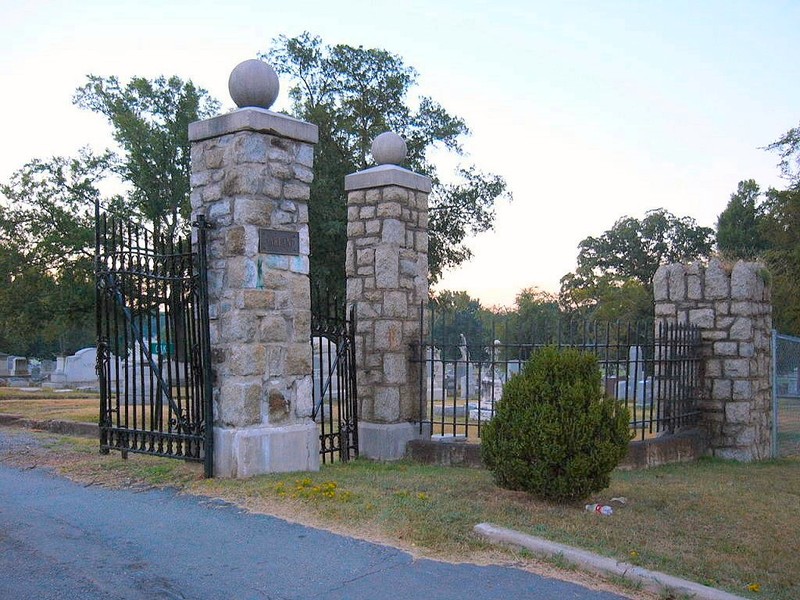
John Bush co-founder the fraternal order Mosaic Templars of America and leading entrepreneur of the African American community. Courtesy of the Butler Center for Arkansas Studies, Central Arkansas Library System.
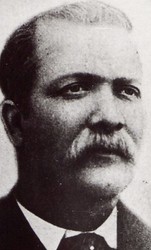
John Bush's mausoleum. Photo attributed to David M. Habben.
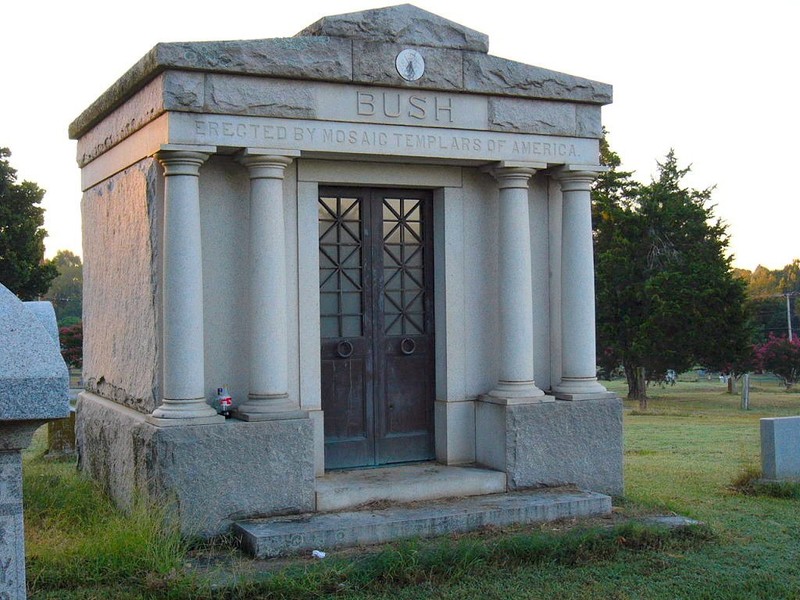
Congressional Medal of Honor recipient John Kennedy's tombstone. Photo attributed to David N. Lotz.
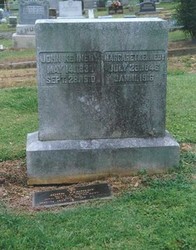
Congressional Medal of Honor recipient John Kennedy's memorial plaque. Photo attributed to David N. Lotz.
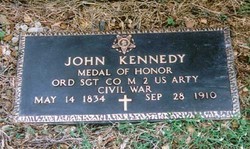
Brochure for the Twilight History Tour on April 1, 2016, page one. Courtesy of Oaklawn & Fraternal Historic cemetery park.
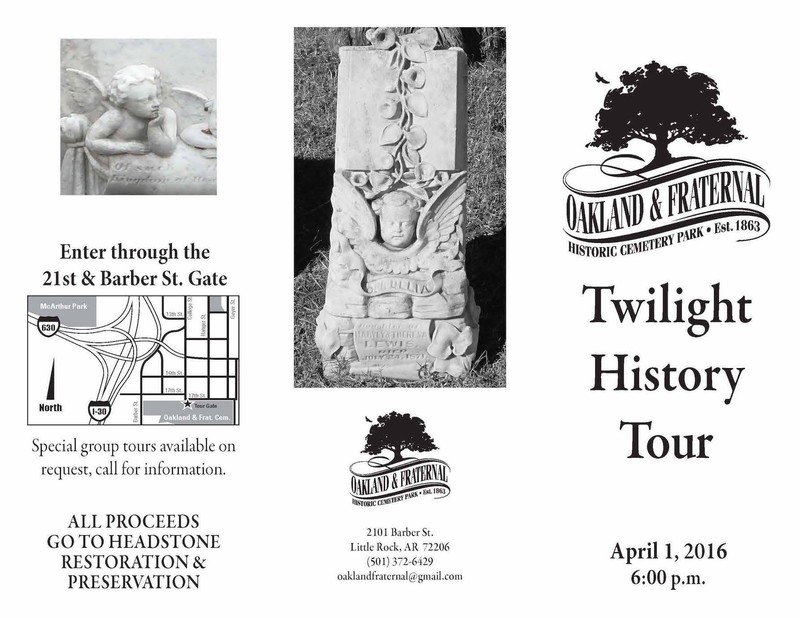
Brochure for the Twilight History Tour on April 1, 2016, page two. Courtesy of Oaklawn & Fraternal Historic cemetery park.

Backstory and Context
Text-to-speech Audio
After the Union capture of the Little Rock during the Civil War, the Union also began to remit their dead to the area with a purchase of land from the city in 1866. This led to the establishment of Little Rock National Cemetery on April 9, 1868. While the national cemetery was original established for the burial of Union dead, the scope of the cemetery has expanded since.
Confederate, as well as Union soldiers, were buried at local cemeteries. Because burials took place during and after the war, there are two different cemeteries for the Confederacy. The smaller one-acre Confederate cemetery holds the 900 soldiers who died in the hospitals in Little Rock were moved here from an area near the present day State Fair grounds. In 1913, a monument was erected honoring the 900 soldiers. This monument was placed on the Register of Historic places in 1996 for it’s significance as a sculpture of the era after the Civil War. The larger eleven acre Confederate cemetery holds the 1,797 Confederate soldiers who died during and after the war as well as the 640 remains that were reinterred from Mount Holly in 1884. After 1913, the national cemetery was expanded to include eleven acre Confederate cemetery. While it is uncertain when the first burial occurred at the national, the last burial of an active duty soldier was of a Pine Bluff man who was killed on September 11, 2001, during the terrorist attack on the Pentagon. Congressional Medal of Honor recipient John Kennedy is buried at the Little Rock National Cemetery.
Beyond existing as a cemetery for the fallen of the Civil War and their families, the park also includes burials for the city at large and, over the years, has developed into seven distinct cemeteries. In 1874, Congregation B’nai Israel established a cemetery for its members and, over the next forty years, many remains were moved from the Jewish section of Mount Holly. This cemetery later expanded when another congregation, Agudath Achim, purchased land for another cemetery in 1920. Another addition to the park was in 1888 when the city granted the petition of African American fraternal orders to established their own cemetery. Named the Fraternal Cemetery in 1893, the fourteen acre park was designed with an iron gated entrance, cobblestone streets, a marker made of granite etched with the epitaph, “Free American Citizens.” It serves as the burial ground for a number of the city's prominent African Americans, including Mifflin Gibbs and John E. Bush.
Serving as a burial ground for more than 150 years, the park is the final rest place for more than 62,000 persons and includes numerous figures in politics, literature, and other areas of note.
